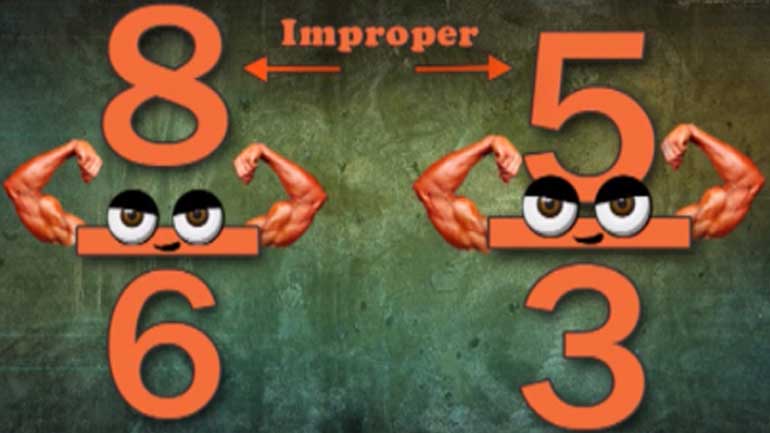ShmoopTube
Where Monty Python meets your 10th grade teacher.
Search Thousands of Shmoop Videos
Mixed Numbers Videos
Play All
Adding and Subtracting Mixed Numbers
5084 Views
Come on, mixed numbers. We have to do all these steps, and there's no promise that we'll end up with an easier number? Actually, it's not that...
Improper Fractions and Mixed Numbers
13110 Views
Meet our gang of fraction friends: proper fractions, improper fractions, and mixed numbers. Learn how to convert improper fractions to and from mix...

